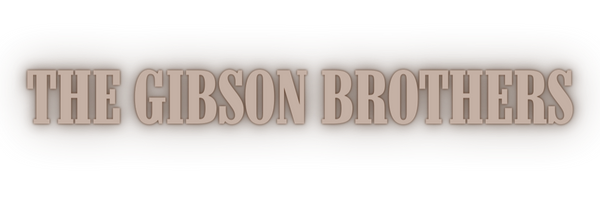I love to mess around with different instruments. One of my favorite things to do when I find myself alone at the house is to plug my Fender Telecaster in a little tube amp and play along with albums. I write using my acoustic, a G-70 Gallagher, all the time. My younger son gets a kick out of the fact that I've written a few songs on his little satin-finished Martin. I peck around on my older son's mandolin quite often around the house, trying to learn tunes that I can show him. He's leaving me in the dust at this point, figuring things out that I can't. Heck, I even play my little guy's saxophone, a blast from the past for me recalling my school days when I played from fifth grade until graduation. I used to play a little dobro. I broke my finger in high school at a time when I was playing banjo in a little gospel group at church. I couldn't fret with a brace, so learned some dobro so I could play the shows we had scheduled. I'll grab the fiddle and make awful noise when no one's around. I guess I'll try anything with strings. But as much fun as I have messing around, banjo always feels like coming home. It just feels right in my hands where it has been now for 28 years.
Leigh and I took lessons for about a year and a half from a great guy and super player named Eric O'Hara. He plays anything he can get his hands on and had a lot of patience for two pre-teen-aged farm boys. He was trying to teach me rolls on the banjo (right hand patterns associated with Scruggs-style banjo picking). I just wanted to find the melody and play SONGS. I couldn't understand why I had to bother with these cumbersome rolls. At one lesson, Eric gave me a tape of Flatt and Scruggs at Carnegie Hall. It was a near-religious experience for me. Earl's playing was magical, and I could hear the melody notes coming out amidst the rolls. His playing was sparkling, ear-tickling. It made me sit down and learn those rolls, devoting I'm sure hundreds and hundreds of hours of my youth trying to get it right. I turned into a bluegrass geek. I can even remember singing "I Wonder Where You Are Tonight" to keep from being scared on a rollercoaster at LaRonde in Montreal. I was hooked.
My poor brother may not look back on these times as fondly as I do. I would pretty much force him to back me up on the guitar. To this day, he doesn't particularly care to play "Foggy Mountain Breakdown." I still love that song, but I was never bullied into playing rhythm guitar behind it. He's a heck of a rhythm player now, and I will take some of the credit. He was much nicer than I was. When he got into the fiddle, I hated backing him on the guitar and probably soured him on getting deeper into the instrument. He had a knack for it, too. I should have returned the favor and played without complaint, but I didn't and can't change it now.
I started with a banjo Dad bought from Sears. I think it said Kay on the headstock. After a couple of years he got me a Hondo which I thought was really nice until some pickers at the Crafstbury Vermont Banjo Contest told me I needed a better banjo. I was so hurt because it had been a Christmas present, but they were right. Almost immediately, Dad and Mom ordered a Gibson RB-250 Mastertone from Gruhn Guitars in Nashville. I couldn't believe it when I got home from school to find it in the music room. As I progressed, I realized it wasn't the greatest banjo in the world, but it was a Gibson, and that was something. A few years later, I traded it for a Flatiron that I played for a number of years, even recording our first CD with it. I bought a Stelling Bellflower right after I got married and recorded our first two Hay Holler recordings with it. I played a Stelling Virginian on "Another Night of Waiting." I really enjoyed my Stellings and think Geoff Stelling does great work. My banjo life would change when Leigh bought me a banjo that I've played since 2002. It was a 1933 Gibson TB-3 (tenor banjo) that had been converted to a five-string with a Huber tone ring and a Frank Neat neck. I love that banjo and it means so much that my brother would dig into his pockets and make it mine. I've recorded all our Sugar Hill and Compass records with it. It has been my primary banjo, although I've played a Gibson Earl Scruggs Golden Deluxe and a 1993 Gibson RB-3 on-stage as well the past few years. The conversion banjo has convinced me that I'm a mahogany man. I've had maple and mahagony and keep coming back to mahagony, preferring its warmth to maple's brightness.
I am proud to say that I now endorse Deering Banjos. I am playing a new Deering Tenbrooks Legacy and can't put it down. After hanging out with Terry Baucom this summer and hearing his Deering, I decided I wanted one. I told Janet Deering that I wanted a good mahogany banjo, and the Legacy arrived at my door. I love its tone and playability. It's my new toy and makes me feel like that little kid back in the 80s, fired up to play. This is the kind of thing that makes all those hours of practice seem worthwhile. I'll have to grab Leigh and try "Foggy Mountain Breakdown" one more time.
Eric
